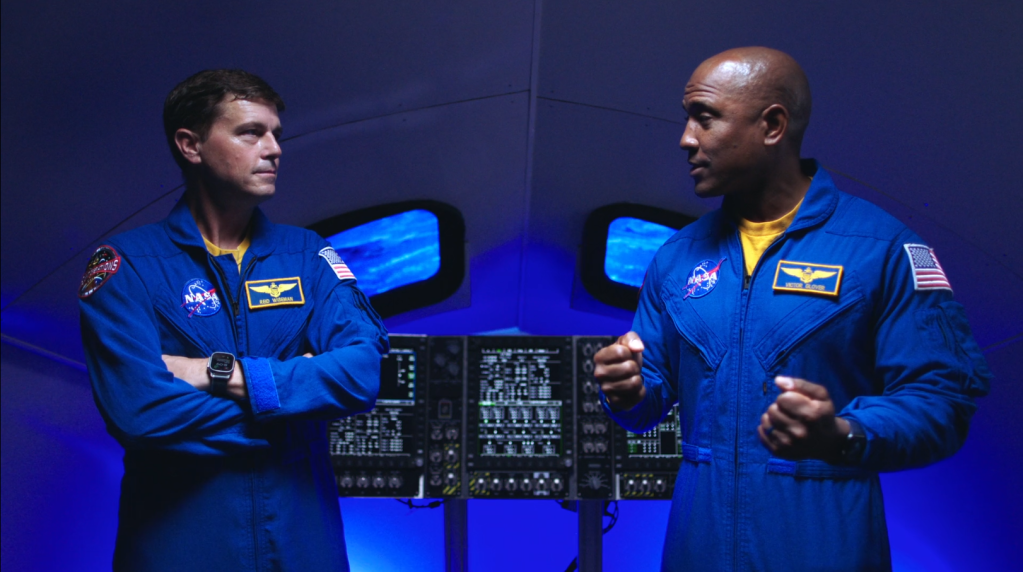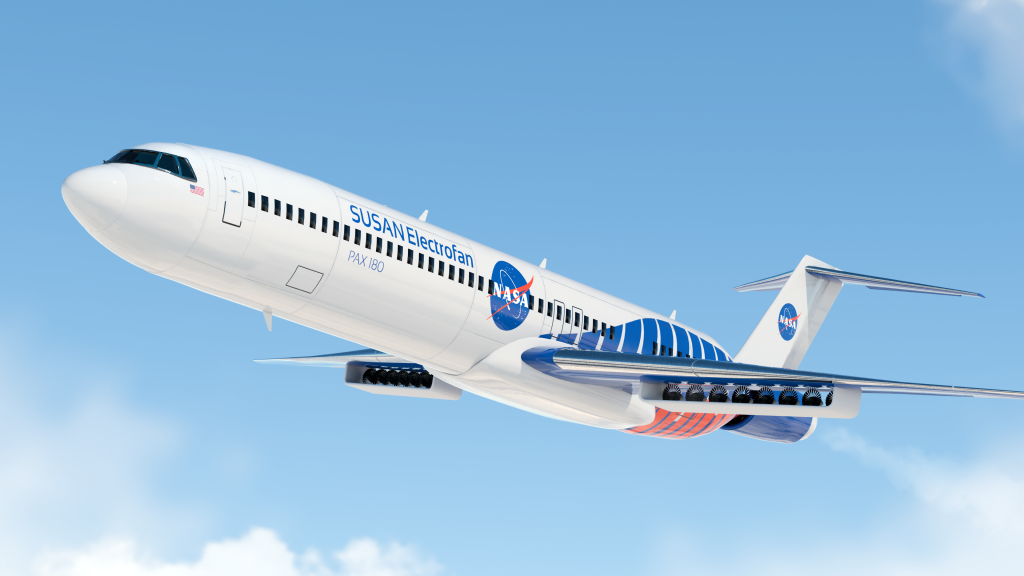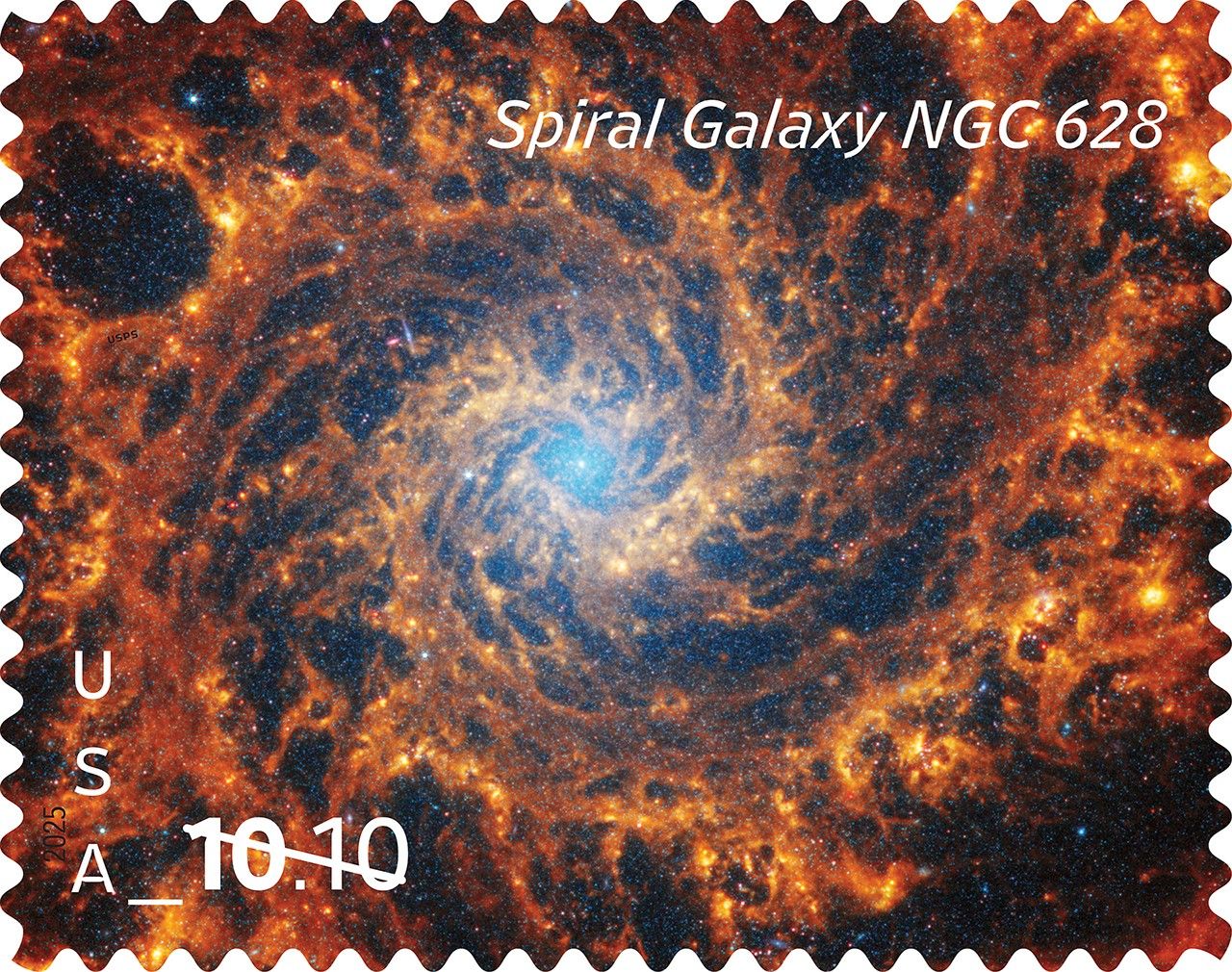Jason Dunn
Made In Space, Inc.
NIAC 2016 Phase I Dunn Reconstituting Asteroids into Mechanical Automata Final Report
Description
The objective of this study is for Made In Space (MIS) to establish the concept feasibility of using the age-old technique of analog computers and mechanisms to convert entire asteroids into enormous autonomous mechanical spacecraft. Project RAMA, Reconstituting Asteroids into Mechanical Automata, has been designed to leverage the advancing trends of additive manufacturing (AM) and in-situ resource utilization (ISRU) to enable asteroid rendezvous missions in which a set of technically simple robotic processes convert asteroid elements into very basic versions of spacecraft subsystems (GNC, Propulsion, Avionics). Upon completion, the asteroid will be a programmed mechanical automata carrying out a given mission objective; such as relocation to an Earth-Moon libration point for human rendezvous. This technique could some day create an affordable and scalable way for NASA to achieve future roadmap items for exploring the solar system. These techniques could be beneficial to scientific goals for understanding the solar system and its formation, as it is estimated that an order of magnitude increase in NEO targets could be explored for the same mission cost compared to the SOA. RAMA would enable this by removing the need to launch all spacecraft subsystems and instead converting the asteroid material in-situ. Assuming the development trends continue for industry based AM methods as well as NASA and industry investments in ISRU capabilities, Project RAMA will create a space mission architecture capable of achieving the aforementioned NASA goals within a 20-30 year time frame. Furthermore, as described in the proposal, the identified study path will provide insight into near term Mission ‘Pull’ technologies worth investment in order to create the development roadmap for the proposed ‘Push’ technologies for achieving NASA’s long term strategic goals.






























